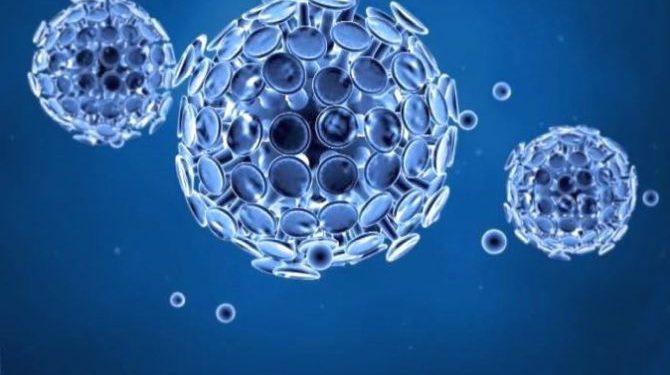New Delhi: A natural molecule called biliverdin present in human body is helping SARS-CoV-2, the virus that causes Covid-19, escape antibodies – a discovery that can help explain why some Covid patients become severely ill despite having high levels of antibodies against the virus, report researchers.
When SARS-CoV-2 infects a patient’s lungs, it damages blood vessels and causes a rise in the number of immune cells.
“Both of these effects may contribute to increasing the levels of biliverdin and bilirubin in the surrounding tissues. And with more of these molecules available, the virus has more opportunity to hide from certain antibodies,” said Annachiara Rosa, first study author at the Francis Crick Institute in the UK.
“This is a really striking process, as the virus may be benefiting from a side-effect of the damage it has already caused,” Rosa said in the paper published in the journal Science Advances.
In their research, teams from the Francis Crick Institute, in collaboration with researchers at Imperial College London, Kings College London and UCL (University College London), found that biliverdin and bilirubin, natural molecules present in the body, can suppress the binding of antibodies to the coronavirus spike.
As vaccines are rolled out globally, understanding immunity to SARS-CoV-2 and also how the virus evades antibodies is critically important.
The ability of the immune system to control the infection and the quality of the antibody response are highly variable, and not well correlated, between individuals.
The scientists discovered that the SARS-CoV-2 spike protein strongly binds to biliverdin, a molecule which was giving these proteins an unusual green colouration.
They found that biliverdin attaches to the spike N-terminal domain and stabilises it so that the spike is not able to open up and expose parts of its structure. This means that some antibodies are not able to access their target sites and so cannot bind to and neutralise the virus.
In the first months of the pandemic, scientists were extremely busy churning out viral antigens for SARS-CoV-2 tests.
“It was a race, as these tests were urgently needed. When we finally found the time to study our green proteins, we expected a mundane answer. Instead, we were astonished to discover a new trick the virus uses to avoid antibody recognition,” explained Peter Cherepanov, author and a group leader of the Chromatin structure and mobile DNA Laboratory at the Crick.
The researchers are now exploring if it is possible to hijack the binding site used by biliverdin to potentially find new ways to target the virus.







































